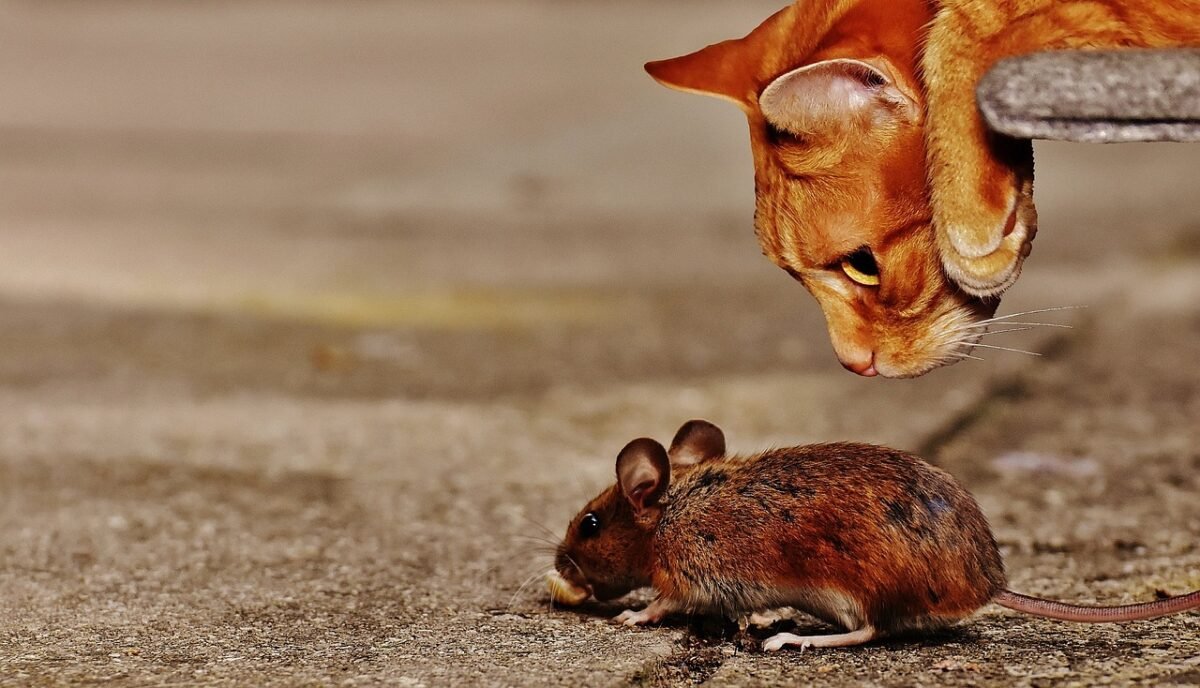-
The reasons we are so intolerant towards cats.

Cats inhabit every continent except Antarctica and the world is full of cat lovers who find nothing more relaxing than the company of one purring on their lap. For this reason they rank second in popularity in most countries to the dog. But their popularity doesn’t extend to everyone and governments, conservationists, hobbyists and scientists…
-
The global war on feral cats.

Although domestic cats are one of our most popular companion pets, we have for centuries, been bad keepers of them and allowed them to breed indiscriminately, introduced them to countries around the world where they didn’t naturally exist and where they have upset the balance of nature, abandoned them in large numbers and generally failed…